Vileda acknowledges the Traditional Owners of Country throughout Australia.
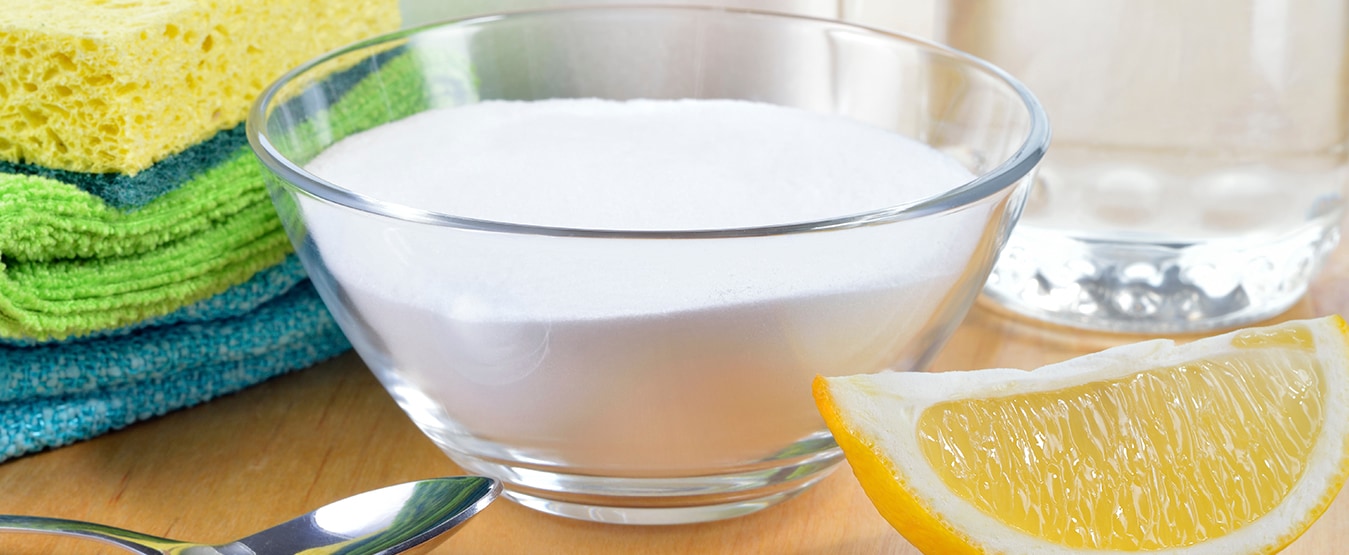
Homemade Cleaning Solutions Tips
Get Back to Nature with Homemade Cleaning Products and Solutions
For general cleaning around the house there are two essentials you should always have on hand: bicarb and white vinegar.
If you’re not a fan of some of the chemical-laden cleaning products that you find in supermarkets, you can easily make your own from a selection of easy to obtain ingredients. These will not only keep your house safe, clean and fresh; they’ll probably save you money too. With the cleaning adage LESS is MORE, choose to use the right tools instead.
Homemade General Cleaning Solution
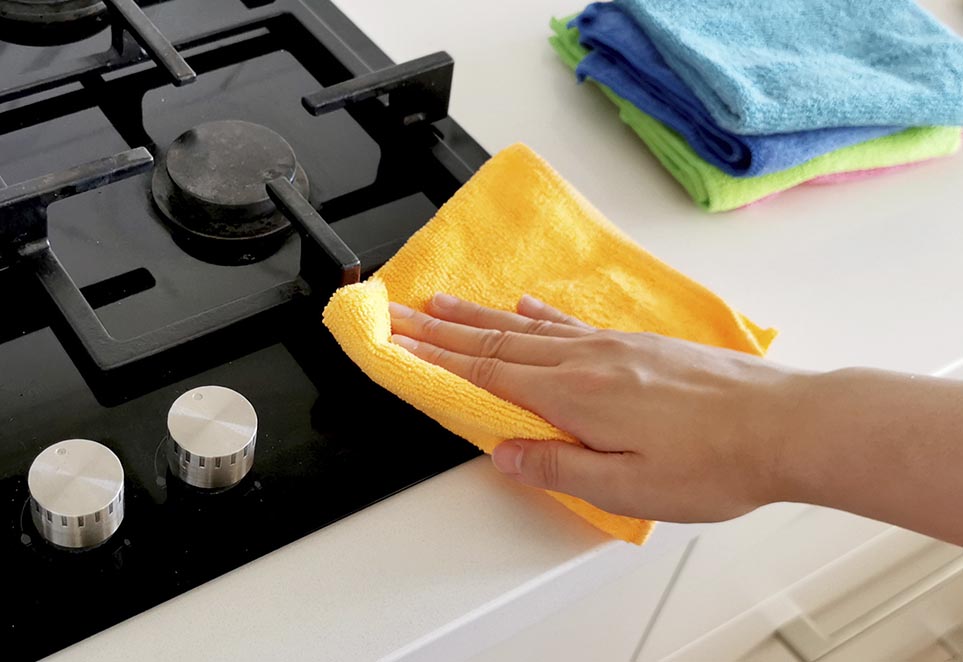
Homemade General Cleaning Solution
For a gentle all-purpose cream cleanser, mix bicarb with household liquid soap (or buy liquid castile soap from health food stores). You can also turn this into a spray version:
Ingredients:
- 1 tbsp bicarb soda
- 1 tbsp cloudy ammonia
- 60ml white vinegar
- 1 drop lavender or lemon oil
- 1 tbsp liquid castile soap
- 2 litres hot water
Method:
Mix together in a bucket and pour into spray bottles.
Homemade Floor Cleaning Solution
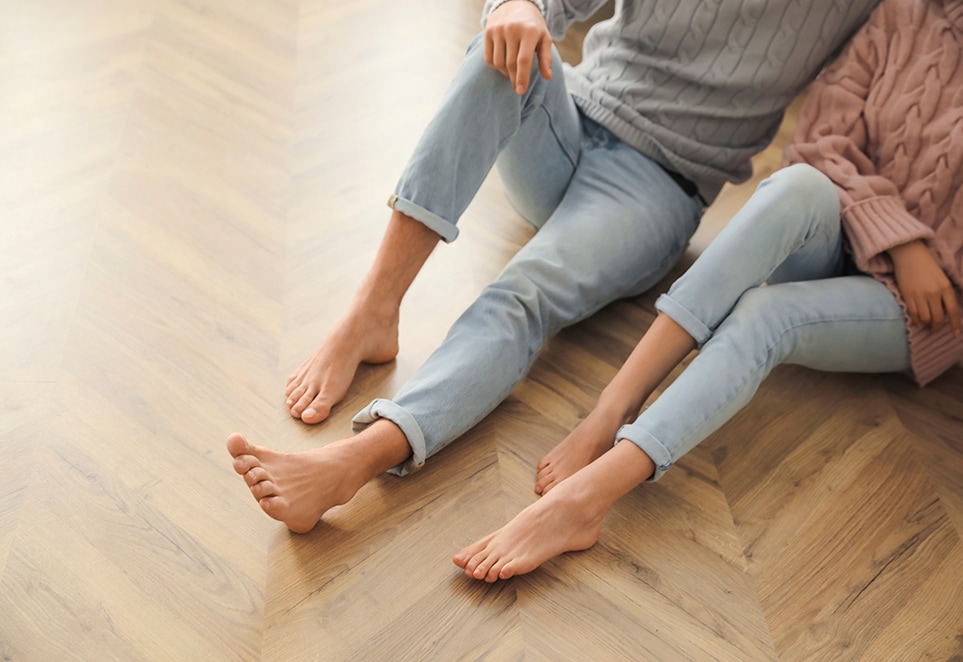
Homemade Floor Cleaning Solution
An excellent all-purpose solution for most types of floor, except carpet obviously.
Ingredients:
- Squirt of dishwashing detergent
- 1/4 cup white vinegar
- Bucket hot water (below 60◦degree)
Method:
Simply mix these in a bucket and mop away. Use a damp mop, not saturated, and for best results rinse with just hot water after cleaning.
Homemade Glass Cleaning Solution
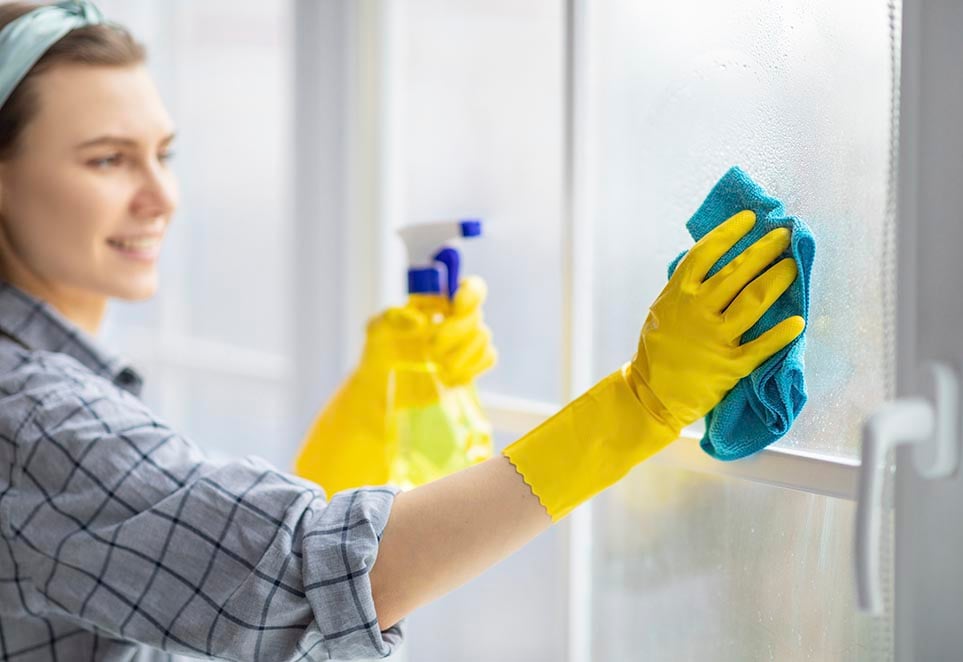
Homemade Glass Cleaning Solution
For a lint-free clean use a microfibre cloth. This can be washed and re-used over and over. For windows, invest in a squeegee.
Ingredients:
- 1/4 cup methylated spirits
- 1 litre water
Method:
Add the methylated spirits to the water, transfer to a spray bottle and you’re ready to start cleaning!
Homemade Laundry Washing Solution

Homemade Laundry Washing Solution
This is a good all-purpose homemade washing solution. Make it up in bulk then store in resealable jars for convenience. Two cups of this solution should be enough for an average wash.
Ingredients:
- 1/2 cup flakes of pure soap
- 1/2 cup washing soda
- 1/2 cup white vinegar
- 1 tablespoon of eucalyptus oil
- 9L of hot water
Method:
In a saucepan add soap and soda to a litre of the water and bring to the boil, stirring as you do so. Once the ingredients have dissolved add the vinegar and essential oil and stir thoroughly.
Use two buckets and pour four litres of hot water into each. Divide the mixture in the saucepan into each of the bucket. Give a gentle stir, leave to cool, then decant into large jars or resealable containers.
You can also treat stains with this solution. Simply pour directly onto the stain, leave for five minutes, then put the garment into the wash.
Wooden Furniture Cleaning Solution
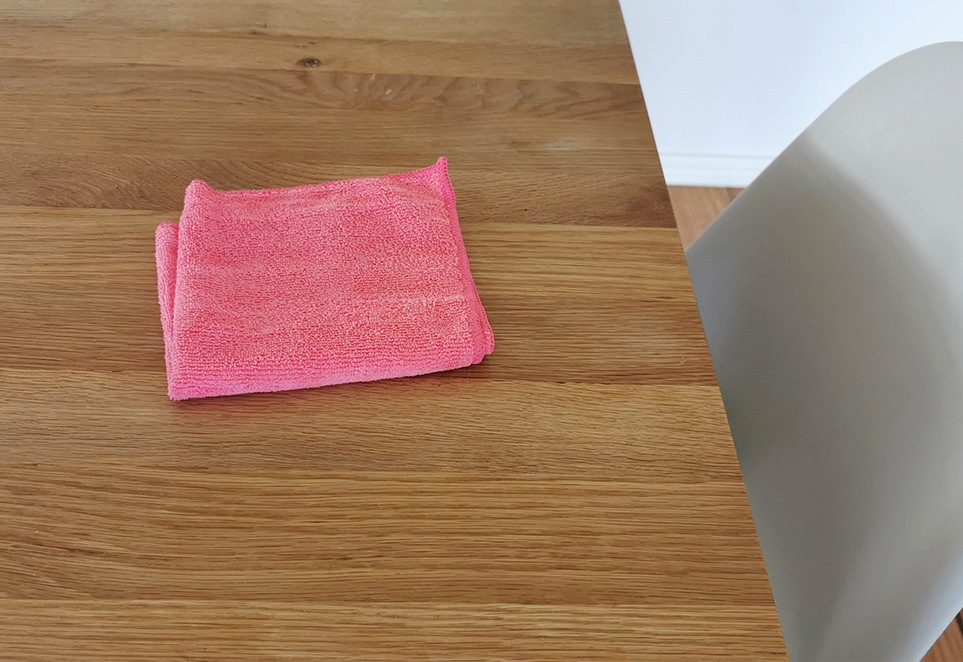
Wooden Furniture Cleaning Solution
You can find all the ingredients for this excellent and easy to use polish in your kitchen. Olive oil and vinegar polishes, restores moisture to dry wood, and can remove light scratches and rings from water condensation. Store in a jar with a tight-fitting lid and it will last for ages.
Ingredients:
- 1 part of olive oil or lemon oil
- 3 part of white vinegar
Method:
Remove any dust using a microfiber cloth. In a cup, mix vinegar solution, use a soft cloth, apply a small amount of the mixture to the wood and buff the wood to a shine in a circular motion. While vinegar is suitable for all types of wood, it may have an adverse effect on some wood finishes. You should test a small area first. If it doesn’t damage the wood, continue to the wider area. The oil should replenish moisture to the wood. Rinse the cloth when it becomes visibly dirty or switch to a clean cloth and continue until the entire piece has been cleaned. Use a clean, dry cloth to wipe across the surface and absorb any moisture. If there are still marks, you can repeat the above step.

